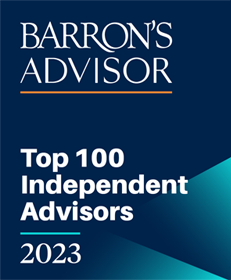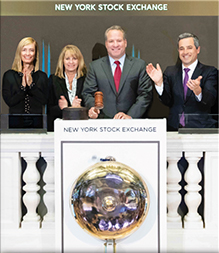(excerpt)
Safety and yield are traditionally sought through instruments such as short- to intermediate-term government securities or investment grade corporate bonds. These fixed-income securities combine safety of principal (when held to maturity) along with a consistent income yield.
However, these instruments are now yielding only 1%-3%. So, investors need to “go back to school” on how to best select high-yielding safe investments for their portfolios.
There has been a great deal of attention focused on the virtues of buying higher-yielding common stocks as a substitute for lower-yielding Treasurys. Indeed, high-yielding stocks staged an encouraging rally in the latter half of 2011 and have been viewed as a less-volatile alternative to other areas of the equity universe. Still, over the long run, higher-yielding common stocks should be expected to trade more in line with the equity market averages, rather than the fixed-income market, and thus cannot be completely reliable as a safety hedge that will reduce market risk in a portfolio.
In short, the asset-allocation model in today’s environment is missing a piece of the puzzle if relying simply on the investment categories described above. Treasurys, investment-grade corporates, and other traditionally safer investments simply do not have a high enough current yield.
High-yielding common stocks are highly correlated to the direction of the overall equity market, and thus will not provide a high level of safety. A hybrid security is needed, one that will offer a meaningful yield pickup over Treasurys, while trading in line with the bond market and not the stock market. Fortunately, such a hybrid security is readily available in the form of preferred stock.
Preferred stock (or simply, “preferreds”) can be issued by any company, but tends to be done most frequently in the financial and utilities sectors. The term “preferred” relates to the priority of claims for preferred shareholders over common shareholders. For example, dividends for preferred shareholders must be paid first, before paying common shareholders, and in the event of a bankruptcy, the claims of preferred shareholders are considered senior to those of common shareholders.
In practice, preferred stock tends to trade as a fixed-income security, with a fixed payment (usually quarterly) and fixed par value. While preferreds trade on the stock exchanges alongside the common of the same company, the preferred stock will not reflect the growth or improving fortunes of the issuing firm, as would the common stock. Essentially, it is subordinated debt of the issuer (subordinate to any bonds issued by the firm), with a high yield designed to attract investor capital. Provided the issuer is sufficiently creditworthy, the preferred shareholder collects the favorable yield, while the underlying price remains stable.
How best to invest in the opportunity provided by preferreds? Buying and owning an individual preferred stock is an idea, but buying a diversified basket of preferreds is the better approach. This method captures the main reasons for adding preferreds to the portfolio (high yield and stability of principal), while diversifying away the company-specific risk. ...
If you would like a copy of the complete article, please send an email request to This email address is being protected from spambots. You need JavaScript enabled to view it., or call toll-free 1-866-444-6246. If sending an email request, please include the following: title, date of article, and your mailing address.







